Treasury Department Finalizes Rules to Boost Clean Energy Investments in Low-Income Areas
The U.S. Department of the Treasury and IRS have published final rules and procedural guidance for the 48E(h) Clean Electricity Low-Income Communities Bonus Credit Program. This program is an expanded version of the initial 48(e) bonus credit aimed at reducing home energy costs and promoting clean energy investments in low-income communities, Tribal Lands, and affordable housing projects.
In the first year of the 48(e) program, over 54,000 applications were received from 48 states, the District of Columbia, and 4 territories, generating an estimated $3.5 billion in investment in low-income communities and Tribal Lands. The program is expected to provide an annual energy cost saving of $270 million. In its second year, the program received more than 57,000 applications for over 1.9 gigawatts of clean energy production, with approved applications expected to generate approximately $4 billion in investment and about $350 million in annual energy cost savings.
The new rules expand the list of eligible technologies to include zero-emission technologies such as hydroelectric and geothermal energy, in addition to wind and solar. The allocated credit offers an increase of 10 or 20 points on top of the 30% 48E investment tax credit, provided applicable wage and apprenticeship requirements are met.
U.S. Treasury Deputy Secretary Wally Adeyemo stated that the expansion of the Clean Electricity Low-Income Communities Bonus Credit would help reduce energy costs in underrepresented communities and allow developers to work with these communities to provide tailored energy and economic solutions.
The 48E(h) program plans to allocate bonuses for 1.8 gigawatts of clean electricity production each year to serve low-income communities from at least 2025 through 2032. The application period for the 2025 Program Year will open on January 16, 2025, and close on August 1, 2025. For the 2026 Program Year and subsequent years, the application period will open on the first Monday of February and close on the first Friday of August.
The final rules include significant changes from the 48(e) program; these changes feature a transition to the 48E Clean Electricity Investment Credit and the incorporation of lessons learned from previous program years and public feedback. The modifications aim to broaden the eligibility of investment technologies, expand the impact on low-income households, and create opportunities for small businesses. The final rules also provide a pathway for emerging clean energy enterprises to have priority in applying for the program.
The Treasury's guidance also outlines the existing annual capacity limits for allocations divided among four facility categories. For each program year, the annual capacity limit of 1.8 gigawatts will be distributed accordingly.


